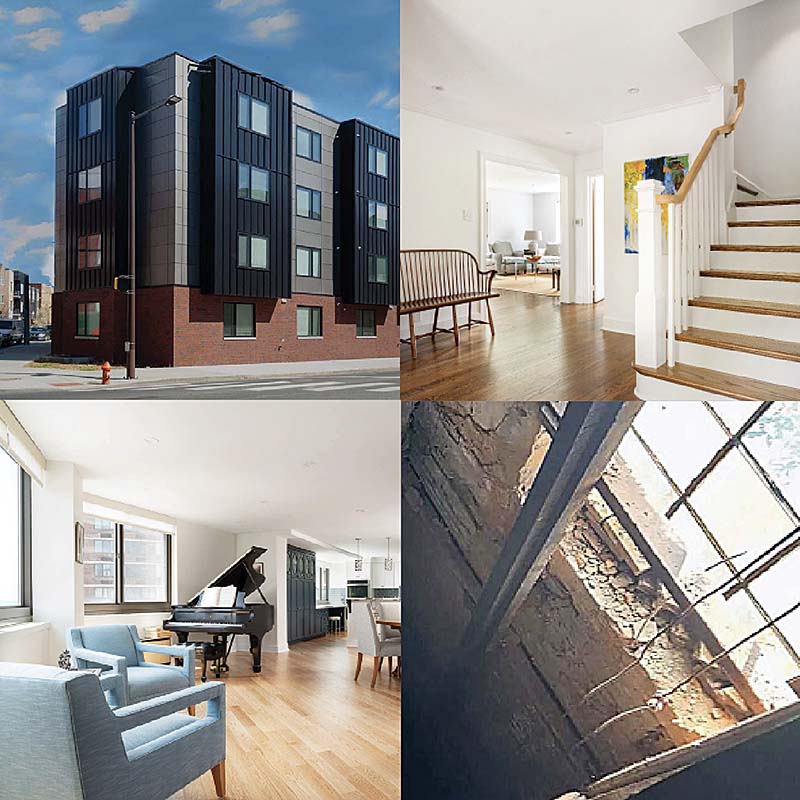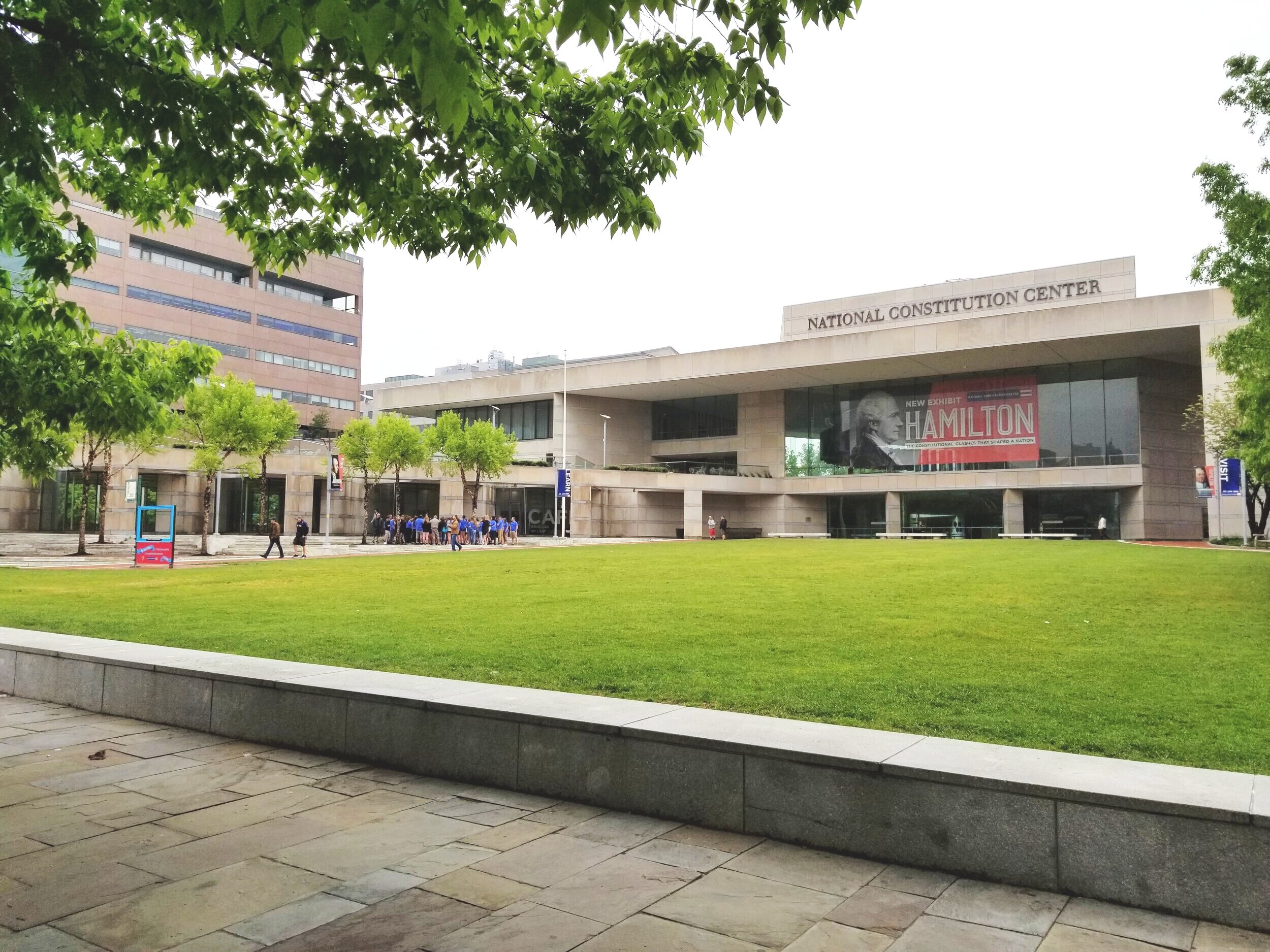Brick and water: Not very good friends.
If you live in an older home, you’ve probably seen little piles of orangey dust in your basement near the walls. Or maybe you were in an an old house being renovated, and saw something like the picture above. Ever wonder what’s going on?
Most older rowhouses in Philadelphia used two main types of brick. The brick you see on the exterior is called “face brick”, and the brick on the inside is (often) “salmon brick”.
When bricks are made, the clay is put into molds or is extruded (like a Play-Doh fun factory) and then gets dried to remove excess moisture. The dried brick is then fired in a kiln to “vitrify” the clay, which is a chemical process that makes the brick hard and water-resistant.
This last step is where the second type of brick, “salmon brick” falls short. This brick is fired for less time, so it doesn’t have a chance to develop the hard exterior that will protect it from water. It was cheaper to produce than face brick, and was used on the interior of brick walls (most rowhomes in Philadelphia have walls that are two bricks thick–face brick on the outside, and salmon brick on the inside).
Water is salmon brick’s worst enemy. Buildings have lots of places they can leak–around windows, at roof joints, and at settlement cracks, for example. Once water gets in, it’s only a matter of time before the salmon brick starts falling apart, as the water can easily get into its pores. As the brick wets and dries, it starts to turn to powder–the little orange piles you see in your basement.
What can you do to fix this? If your brick isn’t too deteriorated, then stopping the source of water will mostly stop the damage. Over time you may still see more dust, but the worst is probably over. For a very deteriorated brick, the only solution is to replace it. Make sure you have a skilled mason do this work!

Salmon brick








